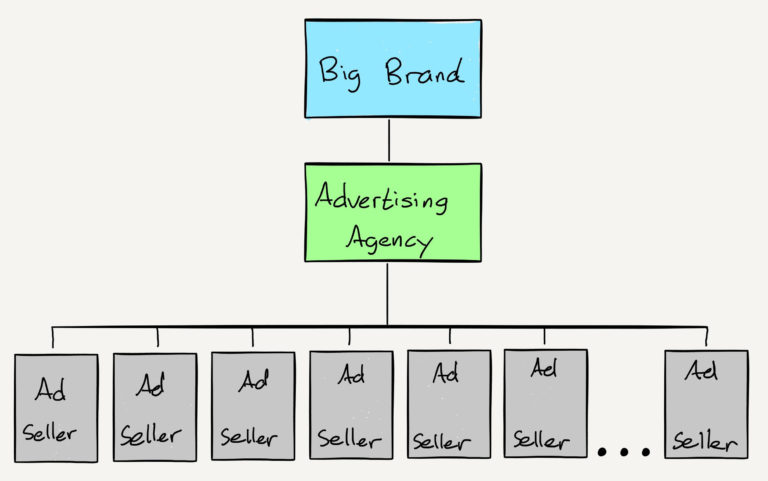Late last month WPP, the largest advertising group in the world, announced results and forecasts that were sharply down. Those results, though, were not what I found striking about CEO Martin Sorrell’s remarks on the group’s earnings call; after all, I argued last summer that such a decline was inevitable.
Rather, it was striking just how feeble Sorrell’s proposed response was:
So what’s our response to all this? Well, further focus on our 4 strategic priorities. Horizontality, which we moved up from, I think it was #4 a year or so ago to #1, is our first critical priority. And it really means ensuring that our people work seamlessly. They’re accustomed to working vertically and by agency brand, but they work seamlessly horizontally across the group together through client teams, I’ll come on to those, and country managers and subregional managers to provide an integrated benefit for clients. And clients are pressurizing us for more effectiveness and more efficiency, this is the way, probably the most significant way that we can respond.Make no mistake, I’m a student of organizational structure and the importance of aligning an organization to the challenge at hand. Moreover, WPP’s conglomerate nature make any sort of cross-agency collaboration challenging; that, though gets at the real problem. If WPP must change the way it works internally, that by definition means the environment in which it is operating is fundamentally different than the one that existed while WPP grew into the organization it is today.
Ad Agencies and the Internet
I wrote about ad agencies earlier this year in the context of complaints about ads appearing next to objectionable content:
Way back in 1841, Volney B. Palmer, the first ad agency, was opened in Philadelphia. In place of having to take out ads with multiple newspapers, an advertiser could deal directly with the ad agency, vastly simplifying the process of taking out ads. The ad agency, meanwhile, could leverage its relationships with all of those newspapers by serving multiple clients: It’s a classic example of how being in the middle can be a really great business opportunity, and the utility of ad agencies only increased as more advertising formats like radio and TV became available. Particularly in the case of TV, advertisers not only needed to place ads, but also needed a lot more help in making ads; ad agencies invested in ad-making expertise because they could scale said expertise across multiple clients.Over the past few weeks (here and here) I have been revisiting Clayton Christen’s Law of Conservation of Attractive Profits, a theory I first explored in this 2015 article about Netflix:...
It’s a classic example of how being in the middle can be a really great business opportunity, and the utility of ad agencies only increased as more advertising formats like radio and TV became available. Particularly in the case of TV, advertisers not only needed to place ads, but also needed a lot more help in making ads; ad agencies invested in ad-making expertise because they could scale said expertise across multiple clients.Over the past few weeks (here and here) I have been revisiting Clayton Christen’s Law of Conservation of Attractive Profits, a theory I first explored in this 2015 article about Netflix:...
...This starts to get at what is happening to WPP: the very idea of an ad agency arose from the opportunity to integrate the creation and placement of ads across disparate outlets, creating a one-stop shop for advertisers.
Those outlets, though, were only ever a proxy; advertisers don’t run ads for the sake of running ads, but rather to reach consumers. And on the Internet, where distribution is free and content abundant, more and more consumers found themselves relying on two services that focused on discovery and personalization: Google and Facebook....MUCH MORE
Wednesday, September 6, 2017
"Everything is Changing; So Should Antitrust" (advertising, the media, Goog and FB)
From Stratechery: